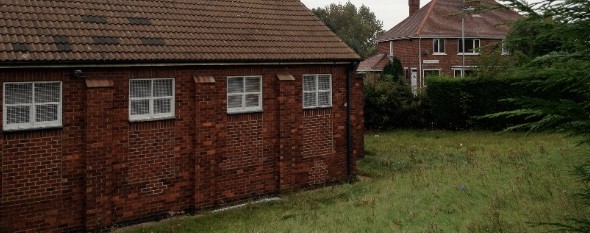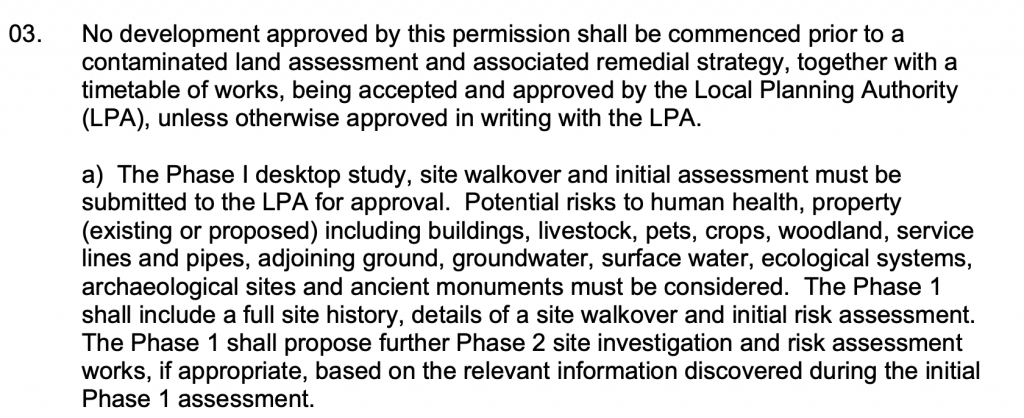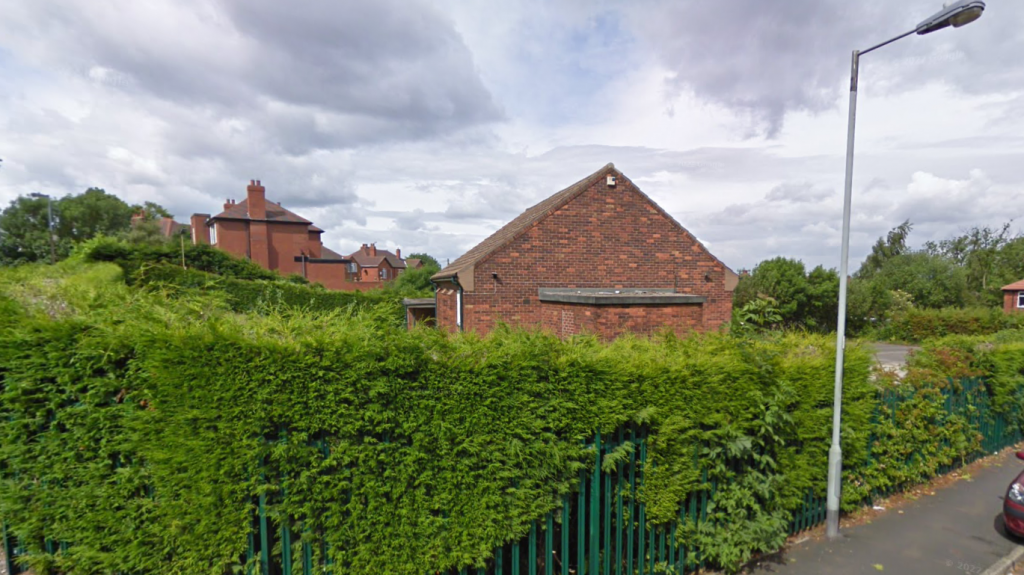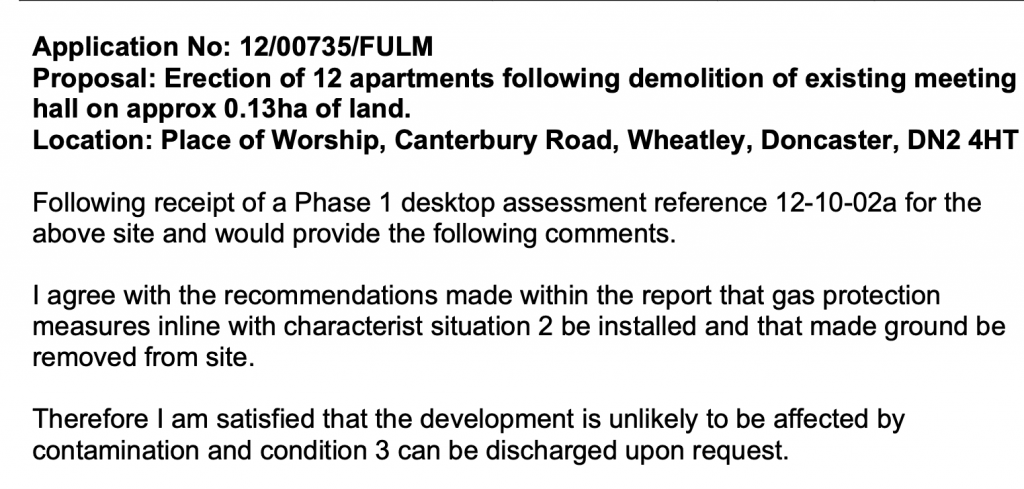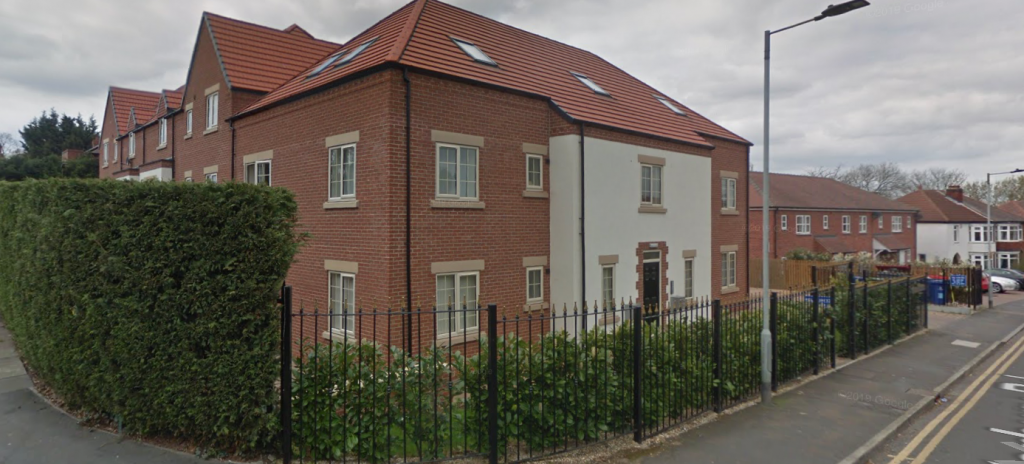Erection of 12 Apartments Following Demolition of Existing Meeting Hall, Canterbury Road, Wheatley, Doncaster
Case Study Reference: 12-10-02
Planning Authority: Metropolitan Borough of Doncaster
Planning Reference: 12/00735/FULM
Synopsis:
Given the sensitive nature of the development (residential) and the history of the site a contaminated land planning condition was attached to the decision notice for the proposed development.
The first stage of discharging the condition was to prepare a Phase I desk study report in order to determine if the site has the potential to be impacted by elevated levels of contamination, and to determine the source as well as the likelihood of the risk occurring.
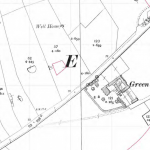 A desk study determines what issues relating to historical contamination may affect the site, this is undertaken by reviewing the site history using a combination of O.S. maps, aerial, plates and street level imagery, a review of data held by regulatory bodies (Environment Agency, local authority, BGS etc.) as well as a site walkover survey.
A desk study determines what issues relating to historical contamination may affect the site, this is undertaken by reviewing the site history using a combination of O.S. maps, aerial, plates and street level imagery, a review of data held by regulatory bodies (Environment Agency, local authority, BGS etc.) as well as a site walkover survey.
The history of the site and surrounds were researched using a combination of Ordnance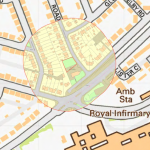 Survey (O.S.) maps, street level imagery and aerial plates, this revealed that the site was developed circa 1959 when a Synagogue was present on the site, later maps identify the building as a meeting hall.
Survey (O.S.) maps, street level imagery and aerial plates, this revealed that the site was developed circa 1959 when a Synagogue was present on the site, later maps identify the building as a meeting hall.
Street level imagery confirmed the site was occupied by a single building.
Data provided by regulatory bodies did not reveal any further salient information.
On completion of the desk based research a site reconnaissance visit was undertaken, this confirmed the site was occupied by a meeting hall and landscaped areas.
 Once the walkover survey was completed a qualitative risk
Once the walkover survey was completed a qualitative risk  assessment was undertaken on the potential sources of contamination identified in the desk study report in order to determine if any warranted further investigation, this concluded that the in-filled pond on the northern boundary of the site was a potential source of ground gases and the report concluded that the incorporation of gas protection measures in lieu of ground gas monitoring was a suitable approach.
assessment was undertaken on the potential sources of contamination identified in the desk study report in order to determine if any warranted further investigation, this concluded that the in-filled pond on the northern boundary of the site was a potential source of ground gases and the report concluded that the incorporation of gas protection measures in lieu of ground gas monitoring was a suitable approach.
The report was submitted to discharge the contaminated land planning condition, the recommendations for the gas protection measures were accepted and once the incorpoaration fo gas protection measures were provided the condition was discharged.

